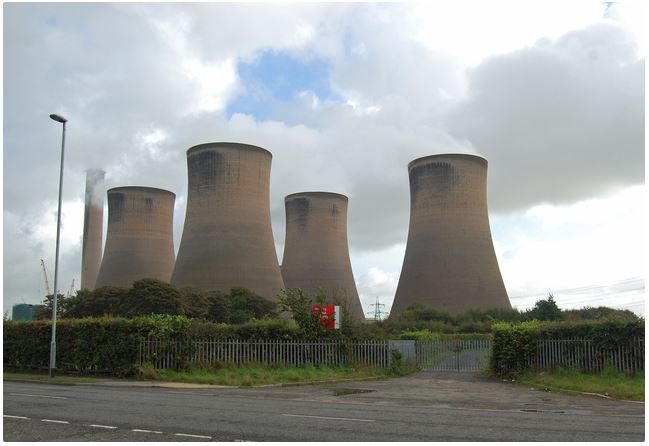
Air districts have traditionally offered guidance to local governments on understanding the impact of pollutants under the California Environmental Quality Act (CEQA). CEQA requires local and state agencies to identify the consequences of activities that are likely to have a significant effect on the environment and to implement steps to mitigate such impact.
One district has updated its review guidelines to include procedures for considering the effects of greenhouse gas emissions from stationary sources, which includes businesses, utilities, agencies and universities. The Santa Barbara County Air Pollution District (District) will now evaluate harmful emissions from any operation requiring the receipt of a permit from the District. Examples of such operations include oil and gas facilities and gas stations.
The Environmental Review Guidelines (Guidelines) implemented by the District set forth procedures for agencies for reviewing plans under CEQA regulations. When the District is the principal agency for the project, these Guidelines are explicitly applied and followed. The state’s CEQA Guidelines were enacted in 2007 to include standards for analyzing greenhouse gas emissions and its impact on climate change. These Guidelines were subsequently amended in 2010.
The lead agency must analyze the effects of greenhouse gas emissions but is given discretion to evaluate other factors. For example, the lead agency may ascertain whether the project conforms to state or local regulations aimed at the decline of greenhouse gas emissions. The lead agency may also set a threshold of allowable emissions in a particular project and determine whether that amount is exceeded in a particular case. The lead agency is also given the authority to choose a methodology or analytical model for computing emissions.
Contact Shane Coons at 949-333-0900 or visit his website at www.ShaneCoonsLaw.com to find out more about his practice.
